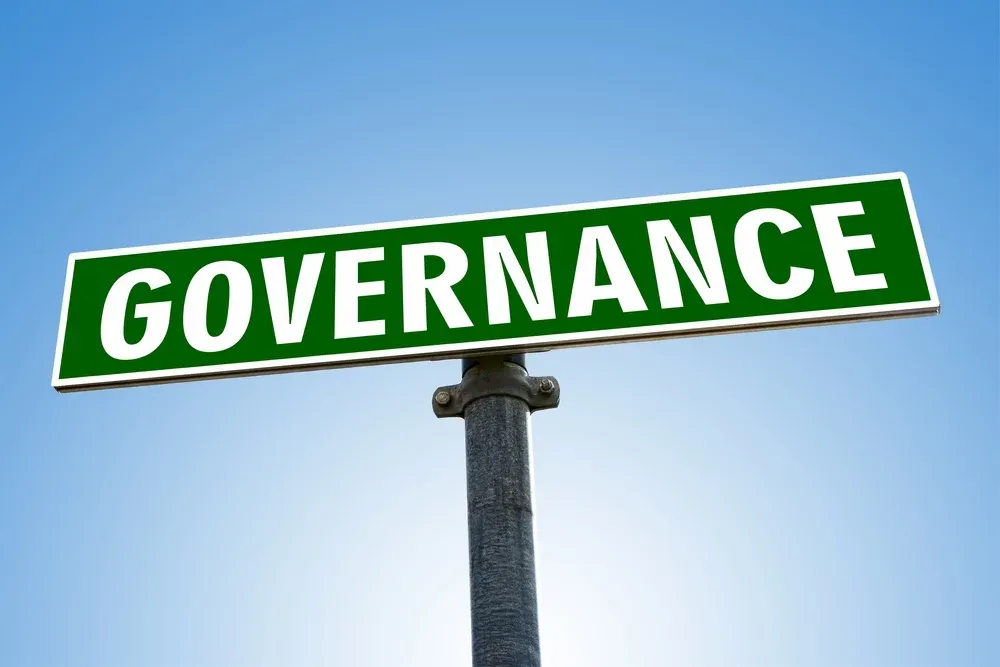Workflow Automation Governance: Why SSO and Audit Logs Matter

Workflow automation tools have evolved from departmental helpers into critical infrastructure for modern businesses. But as usage scales, so does the risk.
Without governance features like SSO, audit logs, and role-based access, automations can become invisible threats vulnerable to human error, security breaches, or compliance violations.
This guide explains why governance features matter, where most platforms fall short, and how to evaluate automation tools based on control, visibility, and accountability not just workflow power.
Why Governance is the Missing Layer in Most Automation Setups
Automation doesn’t just move data, it changes systems, updates records, triggers financial actions, and affects customers.
That means your automation platform is not just a tool it’s part of your core infrastructure.
And yet, many businesses still run:
- Without access control
- Without execution traceability
- Without central visibility over who changed what, when, and why
This isn’t just dangerous, it’s non-compliant in regulated environments like finance, healthcare, or B2B SaaS.
The 3 Pillars of Workflow Automation Governance
1. Single Sign-On (SSO)
What it is
SSO centralizes user authentication across platforms via identity providers like Google Workspace, Azure AD, Okta, or Auth0.
Why it matters
- Offboarding protection: revoke one SSO token and access is removed from all tools
- Policy enforcement: use 2FA, device trust, geolocation rules
- Audit simplicity: tie activity back to a single identity provider
Who needs it?
- Teams with >5 users managing automations
- Any org under ISO 27001, SOC 2, or GDPR obligations
- Any company using external contractors or freelancers
2. Audit Logs
What they are
Audit logs track every user action, edits, deletions, executions, permission changes in a timestamped, immutable log.
Why they matter
- Post-mortem clarity: trace workflow failures to the exact human or system
- Regulatory evidence: prove change control and access policies to auditors
- Operational integrity: detect suspicious behavior or unauthorized edits
What to look for
- Centralized searchable logs
- Exportability (CSV, API access)
- Granularity (user, timestamp, payload)
- Retention policy (90 days is not enough for audits)
3. Role-Based Access Control (RBAC)
What it is
RBAC restricts what each user can view, edit, or execute based on their role.
Why it matters
- Segregation of duties: devs shouldn’t edit finance automations
- Least privilege principle: ops users don’t need access to raw tokens
- Internal protection: accidental or malicious edits are contained
Signs of poor RBAC
- “Admin” being the only usable role
- Lack of folder- or workspace-level control
- No visibility into permission history
Governance Gaps Across Popular Platforms
| Platform | SSO | Audit Logs | RBAC | Notes |
|---|---|---|---|---|
| n8n (self-hosted) | ✅ via OIDC | ✅ with plugins | ✅ enterprise-only | Needs custom setup for enterprise features |
| Make | ❌ on lower tiers | ❌ partial | ❌ weak | Governance only available on enterprise plan |
| Zapier | ❌ | ❌ | ❌ | No enterprise-grade governance options |
| Pipedream | ✅ (Pro+) | ✅ (limited) | ❌ | Designed for solo devs, not teams |
| Workato | ✅ | ✅ | ✅ | High enterprise-grade baseline, expensive |
| Scalevise setups | ✅ | ✅ | ✅ | Custom governance layers for Make, n8n, Airtable, etc. |
Governance vs Convenience: What’s the Cost of Skipping It?
- A junior dev accidentally deletes 20,000 customer records via automation. No audit log = no trace.
- A freelancer still has access to Make.com flows after quitting last month. No SSO = no enforcement.
- Your investor asks for SOC 2 readiness. You can’t prove who changed what. No RBAC = non-compliance.
Governance is not a “nice-to-have” once you scale. It’s non-negotiable.
When to Prioritize Workflow Governance
You need SSO, audit logs, and RBAC right now if:
- You have more than 5 users editing flows
- You operate in a regulated industry
- You process personal or financial data
- You’re preparing for ISO, SOC2, GDPR, HIPAA, etc.
- You’ve ever said: “Wait, who changed this flow?”
Governance is a Feature and a Signal
Vendors that hide audit logs and RBAC behind enterprise plans are telling you something:
Their tooling isn’t built for operational security.
If you care about reliability, governance isn’t a feature it’s a core architecture layer.
How Scalevise Helps Teams Build Governed Automation
At Scalevise, we don’t just build automations we build systems you can trust.
- Full RBAC and SSO support in n8n and Make
- External audit log storage and log shipping
- Custom compliance dashboards (ISO, GDPR)
- Token lifecycle governance and access rotation
- Enterprise-ready infra on DigitalOcean or private cloud
Need help securing your automation stack?
Contact Scalevise for a tailored governance architecture that fits your workflows and your compliance needs.
